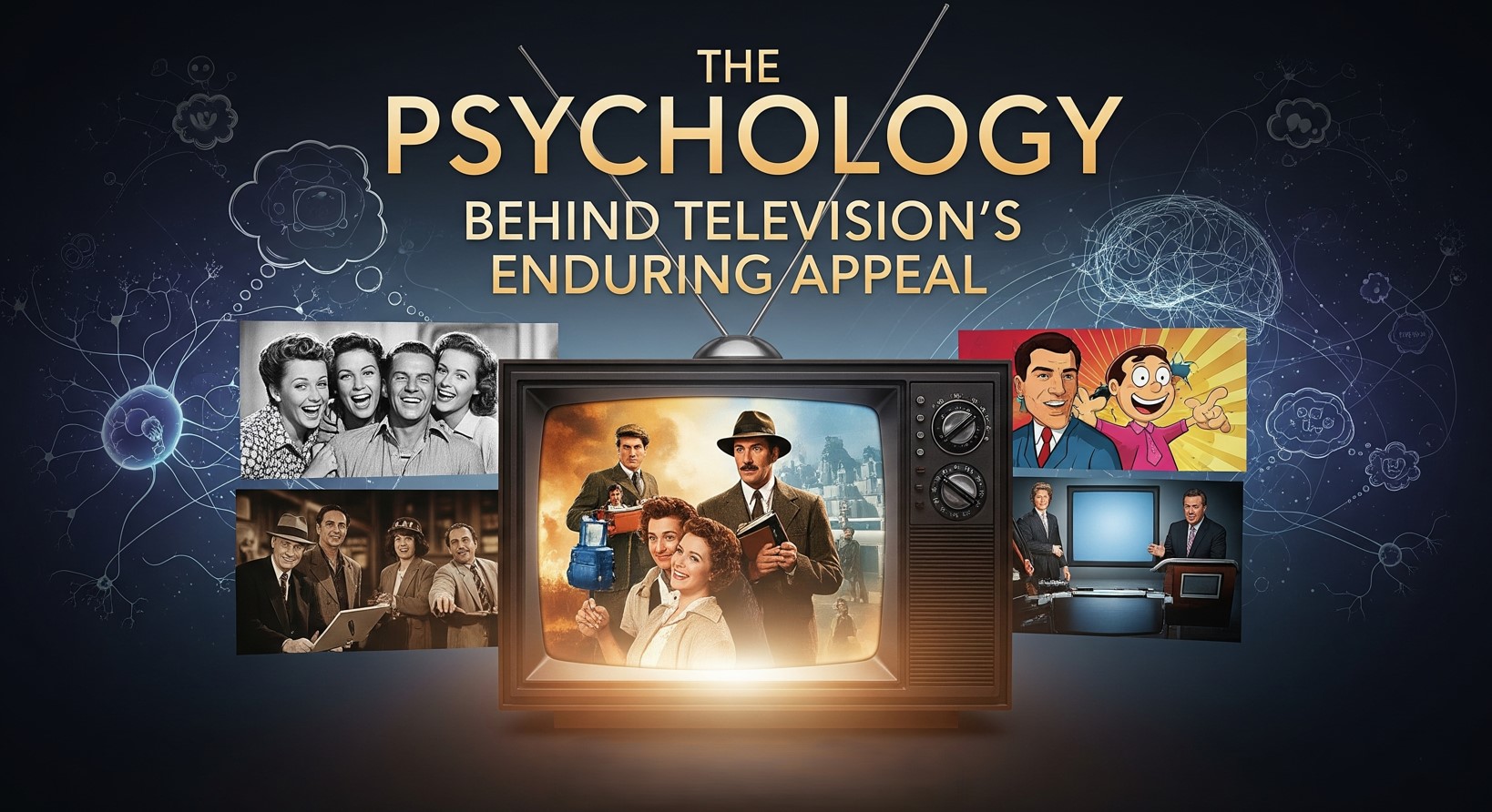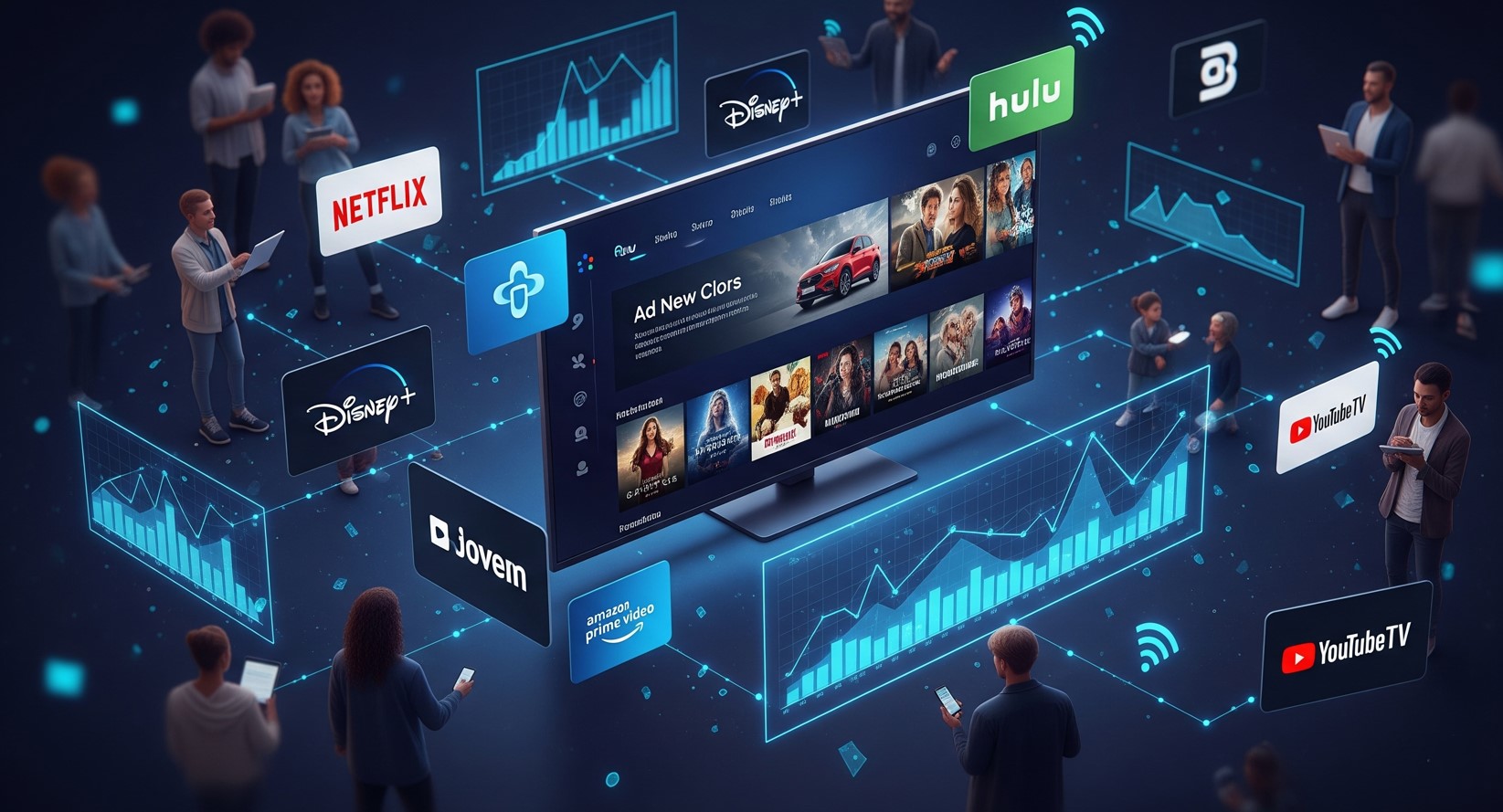Despite predictions of its demise, television advertising continues to wield significant influence over consumer purchasing decisions. While streaming services and digital platforms dominate entertainment consumption, traditional TV spots remain a powerful force in shaping how people discover, evaluate, and buy products.
Understanding the evolving relationship between television advertising and consumer behavior has become crucial for marketers navigating an increasingly complex media landscape. The medium that once commanded undivided attention during prime-time hours now competes with smartphones, tablets, and second-screen experiences—yet it adapts and persists.
This shift hasn’t diminished television’s impact; instead, it has transformed how ads connect with audiences. Modern television advertising operates within a multi-device ecosystem where viewers might see a commercial on their living room screen while simultaneously researching the product on their phone.
The Psychology Behind Television’s Enduring Appeal
Television advertising taps into fundamental psychological triggers that remain effective regardless of technological changes. The combination of visual storytelling, audio cues, and emotional narratives creates a sensory experience that digital banners and social media ads struggle to replicate.
The phenomenon of “lean-back” consumption distinguishes television from other media formats. When people watch TV, they typically enter a more passive, receptive mental state compared to the active browsing behavior associated with internet use. This relaxed mindset makes viewers more susceptible to advertising messages and brand associations.
Television’s ability to create shared cultural moments also amplifies its influence on consumer behavior. Major events like the Super Bowl demonstrate how TV advertising can generate widespread conversation and social media engagement, extending the commercial’s reach far beyond its initial broadcast.

Multi-Screen Engagement and Second-Screen Behavior
The rise of smartphones has fundamentally altered how audiences interact with television advertising. Rather than eliminating TV’s effectiveness, mobile devices have created new opportunities for engagement and conversion.
Research shows that 88% of viewers use a second screen while watching television, with many searching for products they see advertised. This behavior creates an immediate path from awareness to consideration, allowing brands to capitalize on the moment of peak interest generated by their TV spots.
Smart advertisers now design campaigns that specifically account for multi-screen behavior. QR codes, branded hashtags, and mobile-optimized landing pages bridge the gap between the television screen and the smartphone, creating seamless user journeys that maximize conversion potential.
The Rise of Shoppable TV
Interactive television technology has introduced new possibilities for immediate consumer action. Shoppable TV ads allow viewers to purchase products directly through their television interface or connected devices, eliminating friction in the buying process.
This technology particularly appeals to impulse buyers and convenience-focused consumers who value immediate gratification. By reducing the steps between interest and purchase, shoppable TV ads can significantly improve conversion rates compared to traditional television advertising.
Streaming Services and Connected TV Advertising
The migration to streaming platforms has created new opportunities for targeted television advertising. Connected TV (CTV) advertising combines the emotional impact of television with the precision targeting capabilities previously available only through digital channels.
Streaming services collect detailed viewing data, enabling advertisers to deliver personalized messages based on content preferences, viewing history, and demographic information. This level of targeting allows for more relevant advertising experiences that feel less intrusive and more valuable to viewers.
The binge-watching behavior common on streaming platforms also creates unique advertising opportunities. Viewers who consume multiple episodes in a single session may encounter the same advertiser multiple times, increasing brand recall and purchase intent through repeated exposure.

Addressable Television Advertising
Addressable TV technology allows different households watching the same program to see different advertisements based on their individual profiles. This capability transforms television from a mass medium into a personalized advertising channel.
For consumer behavior, this means more relevant advertising experiences that align with individual interests and purchasing patterns. Viewers are more likely to engage with ads that feel personally relevant, leading to higher consideration and conversion rates.
The Role of Celebrity Endorsements and Influencer Partnerships
Television advertising continues to leverage the power of celebrity endorsements, but the definition of “celebrity” has expanded to include social media influencers and content creators. This evolution reflects changing consumer trust patterns and the desire for authentic recommendations.
Traditional celebrities still carry significant influence, particularly for luxury goods and aspirational products. However, micro-influencers and industry experts often prove more effective for specialized products or younger demographics who value authenticity over star power.
The integration of social media personalities into television campaigns creates cross-platform synergies that amplify reach and engagement. Viewers who see an influencer on TV may follow them on social media, creating ongoing brand exposure and relationship building beyond the initial commercial.
Measuring Impact in the Digital Age
Advanced analytics have revolutionized how marketers measure television advertising’s impact on consumer behavior. Attribution modeling can now track the customer journey from TV exposure to final purchase, providing clear ROI data for television campaigns.
Real-time measurement capabilities allow advertisers to optimize campaigns during flight, adjusting creative elements, timing, or targeting based on performance data. This agility helps maximize the behavioral impact of television advertising investments.
Cross-device tracking reveals how television advertising influences online research, social media engagement, and eventual purchase decisions. These insights help brands understand the full spectrum of television’s impact on consumer behavior patterns.

Industry-Specific Consumer Responses
Different product categories generate varying consumer responses to television advertising. Understanding these patterns helps predict and optimize behavioral outcomes.
Automotive advertising on television often focuses on emotional storytelling and lifestyle aspirations, generating high consideration but longer purchase cycles. Food and beverage ads typically aim for immediate behavioral changes, driving restaurant visits or grocery purchases within days of airing.
Financial services use television to build trust and credibility, recognizing that major financial decisions require extended consideration periods. Technology companies often use TV advertising to introduce new product categories or explain complex features that benefit from video demonstration.
Frequency and Timing Considerations
The frequency of television advertising exposure significantly impacts consumer behavior. Too few impressions may fail to generate awareness, while excessive repetition can lead to advertising fatigue and negative brand associations.
Optimal frequency varies by product category, target audience, and competitive environment. Fast-moving consumer goods typically benefit from higher frequency to maintain top-of-mind awareness, while luxury items may require fewer, high-impact exposures that emphasize exclusivity.
Timing considerations extend beyond daypart optimization to include seasonal patterns, cultural events, and competitive activity. Strategic timing can amplify television advertising’s behavioral impact by aligning with natural purchase cycles and consumer mindsets.
The Future Landscape of Television Advertising
Emerging technologies continue to reshape television advertising’s influence on consumer behavior. Artificial intelligence enables real-time creative optimization, while virtual and augmented reality create immersive advertising experiences that blur the lines between content and commerce.
Voice activation technology allows viewers to immediately act on advertising messages through simple verbal commands, reducing friction in the purchase process. This capability particularly appeals to convenience-focused consumers who value seamless shopping experiences.
The integration of Internet of Things (IoT) devices creates new opportunities for television advertising to trigger immediate behavioral responses. Smart home technology can automatically add advertised products to shopping lists or initiate purchase processes based on viewer interest signals.
Frequently Asked Questions
How effective is television advertising compared to digital advertising?
Television advertising excels at building brand awareness and emotional connections, while digital advertising offers superior targeting and measurement capabilities. The most effective approaches typically combine both channels to leverage their complementary strengths.
Do younger consumers still respond to television advertising?
Yes, but their consumption patterns differ significantly. Younger audiences primarily watch content through streaming services and often multitask while viewing, requiring advertisers to adapt their strategies for multi-screen engagement.
How can small businesses leverage television advertising effectively?
Small businesses can use local cable advertising, connected TV platforms, or streaming service ad placements to reach targeted audiences cost-effectively. The key is focusing on specific geographic areas or niche demographics rather than broad mass-market approaches.
What metrics best measure television advertising’s impact on consumer behavior?
Effective measurement combines traditional metrics like reach and frequency with digital analytics including website traffic, search volume, social media engagement, and sales attribution data to create a comprehensive view of behavioral impact.
How has cord-cutting affected television advertising effectiveness?
While cord-cutting has reduced traditional TV viewership, it has also created new opportunities through streaming platform advertising and connected TV channels. The overall advertising landscape has become more complex but not necessarily less effective.
Maximizing Television’s Behavioral Impact
Television advertising remains a powerful driver of consumer behavior when strategically executed within the modern media ecosystem. Success requires understanding how viewers consume content across devices and designing campaigns that capitalize on television’s unique strengths while addressing its evolving challenges.
The most effective television advertising strategies recognize that today’s consumers expect personalized, relevant experiences that seamlessly integrate with their digital lives. By embracing new technologies and measurement capabilities while maintaining television’s core emotional appeal, advertisers can continue shaping consumer behavior in meaningful and measurable ways.
Brands that invest in understanding these dynamics and adapting their television advertising approaches accordingly will find themselves well-positioned to influence consumer decisions in an increasingly competitive marketplace.





